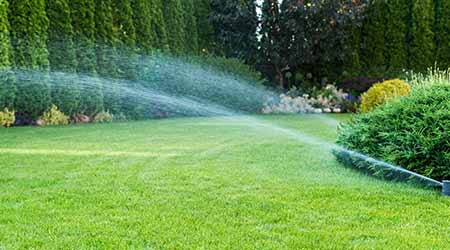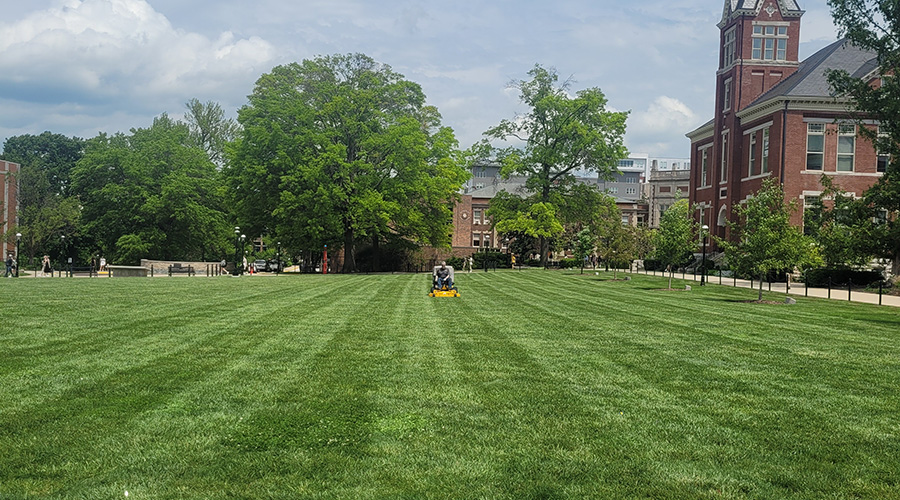Making the Most of Irrigation Technology
Managers who focus on maintenance, technology and training can improve the reliability and performance of irrigation systems
One of the most beneficial irrigation system upgrades involves investing in central controls. Such systems allow technicians to operate all controllers from one location. These systems can range in prices and capabilities, and some of the central irrigation systems can monitor flow management.
Managers have an array of communication options, including cellular, radio, Ethernet and wireless technologies. Some of them have cloud-based operating systems, while others reside on site. Finding one that fits your facility and is best suited for a particular site takes an investment in products and research. These sophisticated, multi-technology applications can present managers with a new set of challenges, but proper installation and technical support from the supplier can ease that burden.
Another technology upgrade is flow sensing, which automatically monitors the flow on individual stations to identify leaks and even broken heads and nozzles. Not all controllers or central systems can fully utilize flow sensors, so make sure you are getting the proper one to suit your needs.
Some software can actually balance the hydraulic flows to make sure systems do not exceed capacity. As a result, they reduce water windows for irrigation operation. This can reduce pump running times and improve efficiency because stations run at the proper rate and pressure.
Related Topics:














